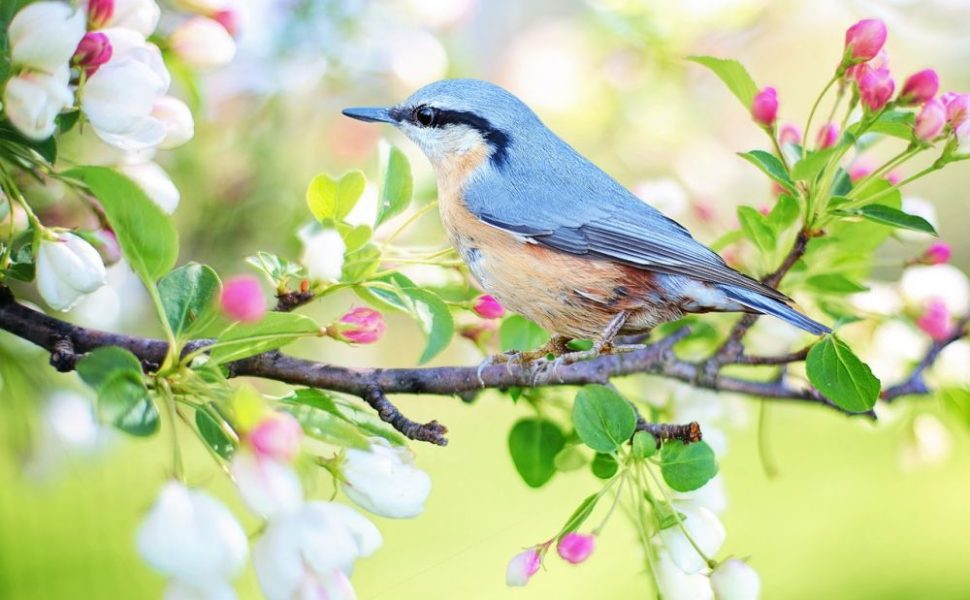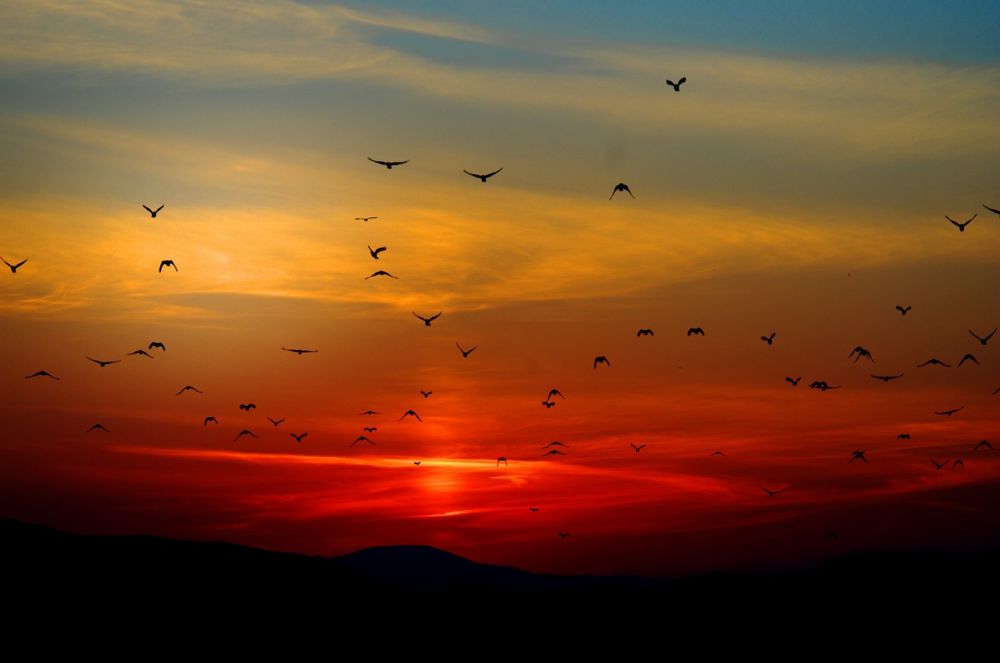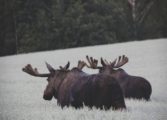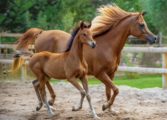Sveriges Fågel En Rik Och Mångfaldig Art

Introduction
Sveriges fågel, or Sweden’s bird, represents a captivating world of avian biodiversity. From its unique habitats to a diverse range of species, Sweden offers a rich haven for bird enthusiasts. This article aims to provide a comprehensive overview of Sveriges fågel, including its types, popularity, quantitative measurements, differences, and a historical exploration of advantages and disadvantages associated with specific species.
1. An Overview of Sveriges Fågel

Birds have always been an integral part of Sweden’s natural heritage. The country’s diverse ecosystems, including forests, wetlands, coastlines, and mountains, provide a habitat for over 400 bird species. These avian wonders play vital roles in ecosystems, pollination, seed dispersal, and pest control, while also offering aesthetic pleasure to many.
2. Extensive Presentation of Sveriges Fågel
Sveriges fågel encompasses a wide array of species, each with unique characteristics and preferences. From majestic birds of prey like the White-tailed Eagle (Haliaeetus albicilla) to tiny songbirds like the Common Redpoll (Acanthis flammea), Sweden hosts a diverse avifauna. Popularity among birdwatchers varies, with species like the Common Crane (Grus grus) and the Great Spotted Woodpecker (Dendrocopos major) drawing substantial attention.
3. Quantitative Measurements of Sveriges Fågel
Quantifying Sveriges fågel is vital for monitoring populations, conservation efforts, and scientific research. The Swedish Ornithological Society (Sveriges Ornitologiska Förening) gathers data on bird populations through various methods, such as bird ringing, annual bird surveys, and citizen science initiatives like Artportalen. These measurements provide crucial insights into population trends, migration patterns, and climate change impacts.
4. Discussing the Differences Among Sveriges Fågel
Within the kingdom of Sveriges fågel, differences abound. Habitat preferences, diet, migration patterns, and behavior separate various species. For example, while some species thrive in coastal areas like the Black-legged Kittiwake (Rissa tridactyla), others find solace in forests like the Northern Hawk Owl (Surnia ulula). Studying these differences contributes to our understanding of ecological niches and bird conservation strategies.
5. Historical Exploration of Advantages and Disadvantages
Throughout history, Sweden’s birds have both benefited and suffered from human activities. The advent of agriculture led to habitat loss, while the growth of protected areas offers refuge to many species. For instance, iconic birds like the Osprey (Pandion haliaetus) faced population decline due to pesticide use but witnessed a remarkable recovery. Understanding these historical nuances helps shape effective conservation practices.
Conclusion
Sveriges fågel embodies the charm and significance of Sweden’s avian fauna. Its vast diversity, from awe-inspiring birds of prey to delightful songbirds, offers countless opportunities for bird enthusiasts and researchers. By exploring the different types, quantitative measurements, differences, and historical aspects, we can gain a deeper understanding of Sveriges fågel and foster its conservation for future generations to enjoy.
[INSERT VIDEO HERE: A video showcasing the mesmerizing flight of the White-tailed Sea Eagle against Sweden’s stunning landscapes.]
















































